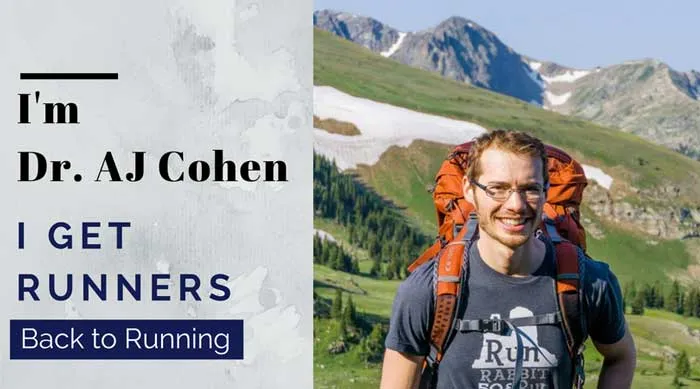The Never Summer 100k is Northern Colorado’s most scenic and rugged trail race, located near Cameron Pass, less than two
hours from Fort Collins. It covers approximately 64 miles touring State Forest State Park‘s most beautiful and remote
features. Any trail runner looking to challenge themselves in the 100k+ category is in for a challenge and a treat when signing up for this beast of a race.
This race boasts 13,000 feet of cumulative vertical ascent and descent along single-track and logging roads to alpine lakes, peaks, and through gorgeous aspen groves larger than I’ve ever seen before. I did this race on it’s
inaugural year in 2015 as my first 100k and first “real-ultra”; having done Hog’s Hunt 50k and the
Dirty 30 prior to it, I didn’t feel like I truly paid my dues as an ultra runner. I wanted to run from dusk to dawn and suffer in the way that my
running idols did. I wanted to power myself through grit until grit ran out, then continue further. This was exactly that.
My advice for rocking the Never Summer 100k comes in the form of an unexpected execution of “smart racing”. Smart racing is basically when someone starts slower, and finishes with negative splits, but in the ultra-world I like to
think of it as just starting conservatively and finishing strong. Everyone is going to slow down, I mean EVERYONE. The people who do the best are the ones who slow down THE LEAST.
In 2015, I was running the ridge of the southern Medicine Bow mountains when I started to feel cramping in my abdomen. I continued on thinking it would pass over time. I drank more water, ate some food, and continued. I started
descending and ran to Ruby Jewel as the sun was peaking high in the sky the air was getting much warmer, and my stomach cramping even more. It got to the point where I couldn’t run continuously anymore. It just hurt too much.
I ended up walk-jogging until mile 42, after climbing to Clear Lake, my stomach cramping started to dissipate. I ran with increasing aggressiveness down to the aid station, ate, drank, and continued on. I had boundless energy. I
finished ten times as strong at that race than I did at the Dirty 30. I enjoyed running through the dark for a few hours, and finished with a smile on my face when most people finished in misery. My eight hours of stomach pain was
very uncomfortable, but kept my pace in check, allowing me to conserve energy to finish strong.
My advice is to start slow and be very conservative early on. The course is tough, and if this is your first time running it, trust me, it’s tougher than you think. Keep your heart rate down, if you can feel your heart beating in
your chest or neck, then you’re putting out too much energy. Slow persistence is key.
I asked some other elites and local runners to share their advice for being successful at the Never Summer 100k. Here’s what they had to say:
Gabe Joyes: 1st Male of the Never Summer 100k 2017
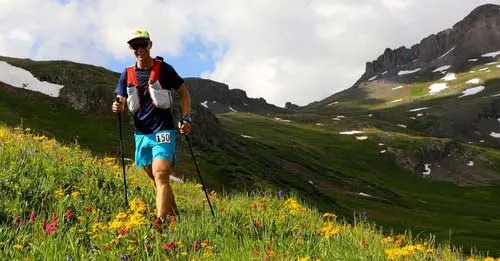
“I love the steep mountain running and huge views at the beginning of Never Summer 100K — take your time there and enjoy the scenery. The back end of the race is much more runnable, so be sure to save some legs to avoid an
evening slog to the finish!”
Alyson Kirk: 1st Female of the Never Summer 100k 2017
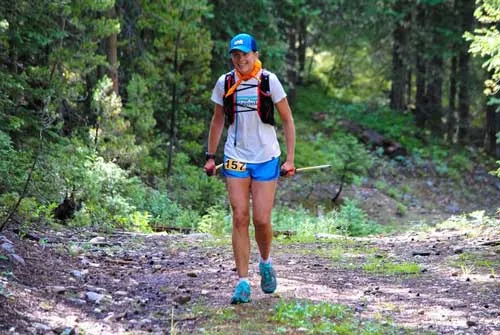
“This will be my fourth year running the race. I’ve never ran a race four times. The Never Summer 100k is special. It’s my favorite kind of running. Steep climbs, summits of peaks, high altitude, beautiful lakes and spectacular
views. What’s not to like? My advice is to power hike the steep climbs and use poles for the North Diamond part but not the whole race. Take advantage of the aid stations and volunteers because Nick and Pete have some
of the best of both I’ve ever experienced. Don’t forget to thank them. The most important thing is to have fun and really soak in the scenery, because it’s also some of the best!”
Kristen Kovatch: 10th Female at the Never Summer 100k 2017
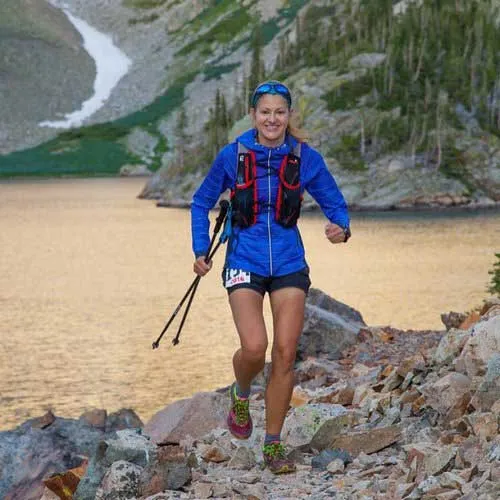
Probably the most important advice for me is to run your own race. Try not to get caught up in the pace of other runners around you and burn all your matches early on. Stay consistent, hydrated, fueled, smile and have fun!
Kris Tyson: 14th Overall at the Never Summer 100k 2017
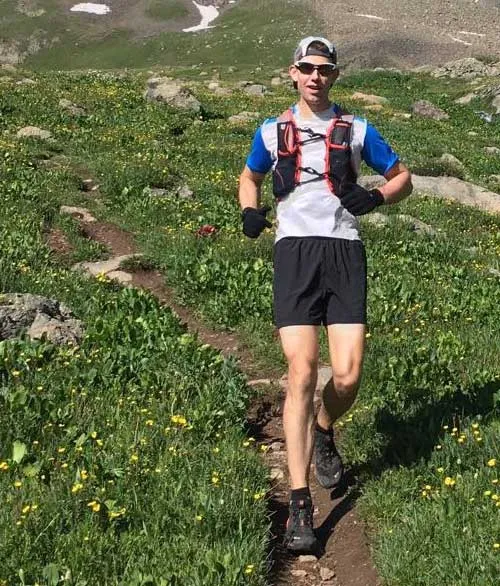
“Keep your body temperature cool. Often times when you’re out in the sun, at high-altitude, people forget that you can feel cool but you’re internal body temperature is not cool, and that catches up later on in the form of
stomach issues and general fatigue. I recommend dipping your head in streams and lakes. Take 3-5 minutes to dumk your head and cool down! Obviously also focus on taking it easy over the hills and drink a lot of water. But I
really believe that keeping your core body temperature cool is key!”
Brett Harkey: 24th Overall at the Never Summer 100k 2017
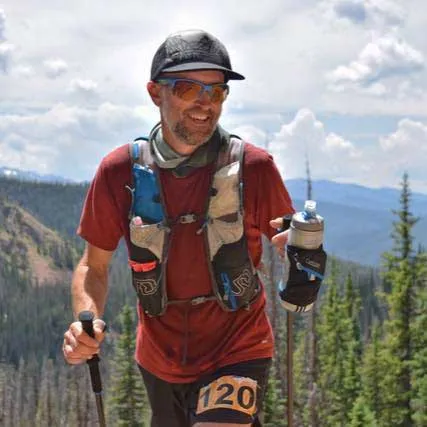
“Remember to enjoy the views – they are spectacular and abundant.
Don’t run too hard in the early miles. This race is especially brutal in the later miles to those who don’t keep a check on their effort level in the early miles. Also, commit to a disciplined fueling strategy now for success
later.
Don’t ask why you HAVE to do the climb up North Diamond Peak. Instead, keep your mental game strong and remember that you GET to do this! It is most certainly difficult, but ultimately it’s not that long.
From Ruby Jewel Aid to Clear Lake Aid, the heat and/or poor fueling can really break you down. Keep eating and drinking well, hike with a purpose when necessary, and get to Clear Lake Aid with fuel in the tank.
Use the climb to and descent from Clear Lake as an opportunity to pick off runners who didn’t run a smart race in the first 40 miles and are now starting to blow up.
If you’ve kept your strategy on point so far, the last 20 miles are runnable. Seriously! Make this your goal.
At the finish, eat some good food, drink some good drink, tell some good race stories. Then give Nick & Pete a thanks and a pat on the back for designing one of the best mountain races in the country.”
— Brett was passionate enough to write a LONGER VERSION of his advice, which can be found here.–
Kristel Liddle: 19th Female at the Never Summer 100k 2017
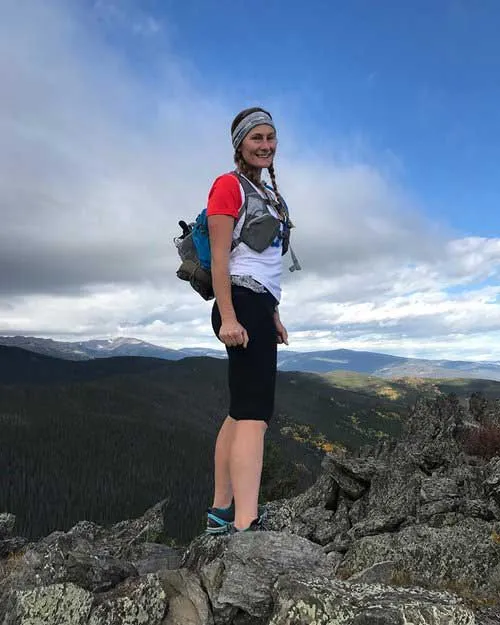
“Never Summer 100k is such a beautiful and brutal course. My advice would be to start out easy and not get caught up in the fast start. You have a long day ahead of you. Then later when everyone is slowing down, you are able to
maintain a steady pace and even speed up. Also, remember with long distance running there are times you feel horrible and times you feel great and that can all change very quickly. Don’t let the bad times make you give up. When
it’s a bad time remember the good, let it help you to continue pushing and keep in mind what led you to do the race in the first place.”
Here are videos I’ve made of my 2015 and 2017 races:
AFTER BIG EFFORTS, A LOT OF US ULTRARUNNERS ARE LEFT BEAT UP AND SOMETIMES INJURED. IF YOU’RE SUFFERING FROM ANY ABNORMAL PAINS OR SORENESS AFTER THE RACE, PLEASE REACH OUT TO ME. I’D LOVE TO HELP GET YOU BACK ON TRACK TO RUNNING
STRONG.
